Teller Red Hydrangea Advice? Tips?
coincolectr
17 years ago
Featured Answer
Sort by:Oldest
Comments (8)
garyz8bpnw
7 years agoRelated Professionals
Jennings Landscape Architects & Landscape Designers · Middle River Landscape Architects & Landscape Designers · Sand Springs Landscape Architects & Landscape Designers · Wareham Landscape Architects & Landscape Designers · Arlington Landscape Contractors · Amesbury Landscape Contractors · Bound Brook Landscape Contractors · Crystal Landscape Contractors · Lakeville Landscape Contractors · Las Vegas Landscape Contractors · North Canton Landscape Contractors · Westford Landscape Contractors · Hacienda Heights Siding & Exteriors · Rochester Siding & Exteriors · Wethersfield Siding & Exteriorsgaryz8bpnw
7 years agolast modified: 7 years agogaryz8bpnw
7 years agolast modified: 7 years agogaryz8bpnw
7 years agolast modified: 7 years agogardengal48 (PNW Z8/9)
7 years agogaryz8bpnw
7 years agolast modified: 7 years agogaryz8bpnw
7 years agolast modified: 7 years ago
Related Stories
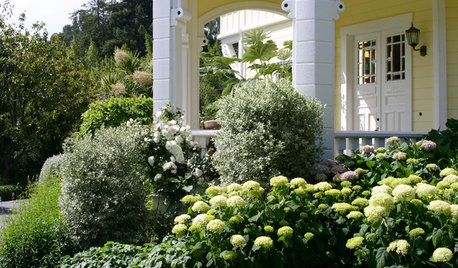
GARDENING AND LANDSCAPINGHave a Ball With Hydrangeas
Even if you don't tinker with the hue by changing the soil, hydrangeas have an entertaining range of uses in all kinds of landscapes
Full Story
GARDENING GUIDES10 Tips to Start a Garden — Can-Do Ideas for Beginners
Green up your landscape even if you're short on time, money and knowledge, with these manageable steps for first-time gardeners
Full Story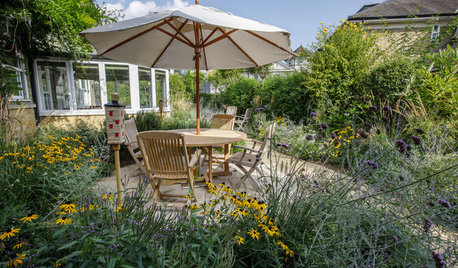
LANDSCAPE DESIGN4 Tips for Creating a Small Garden That Welcomes Wildlife
Win over birds, bees, butterflies and neighbors with these design strategies
Full Story
TREES11 Japanese Maples for Breathtaking Color and Form
With such a wide range to choose from, there’s a beautiful Japanese maple to suit almost any setting
Full Story
WINTER GARDENINGPruning Secrets for Exquisite Roses
Encourage gorgeous blooms year after year with this time-tested advice on how to prune your rosebush in winter for health and shape
Full Story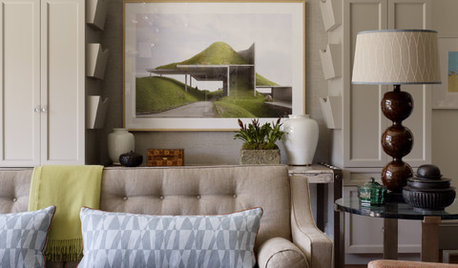
DECORATING GUIDESTop 10 Interior Stylist Secrets Revealed
Give your home's interiors magazine-ready polish with these tips to finesse the finishing design touches
Full Story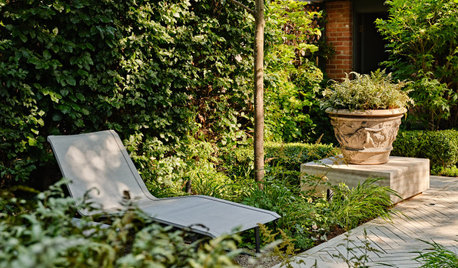
LANDSCAPE DESIGNHow to Create a Beautiful Shade Garden
Turn the cool, shady spot in your garden into your own quiet oasis
Full Story
GARDENING GUIDES6 Plants That Beat Butterfly Bush for the Wildlife Draw
It's invasive, a nonnative and a poor insect magnet. Check out these better alternatives to butterfly bush in the garden
Full Story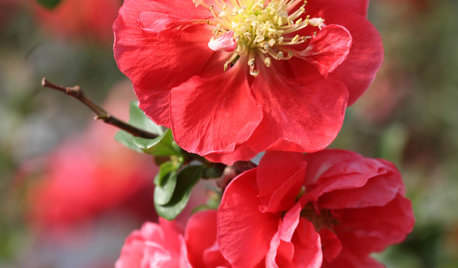
WINTER GARDENINGCalifornia Gardener's January Checklist
Winter-defying blooms and pruning saws earn a cheer, while California-focused gardening design books get a well-deserved shout-out
Full Story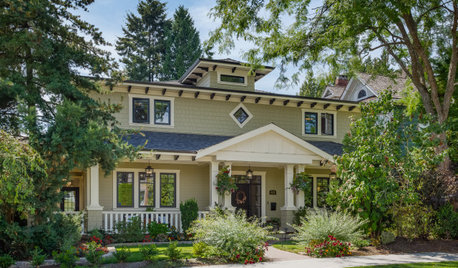
LANDSCAPE DESIGNHow to Incorporate Your Roofing Into the Landscape
Choose hardscape and plantings that work with your roof’s color, texture, shape and line
Full Story






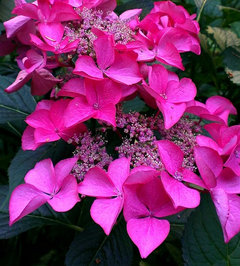





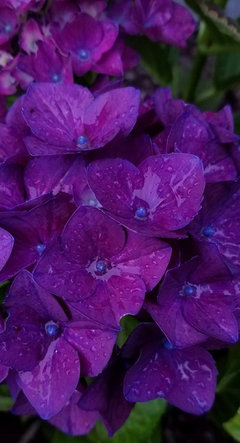
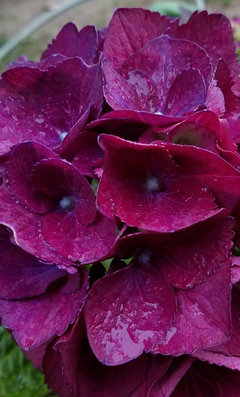
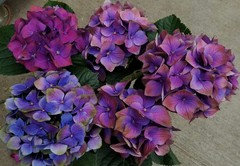

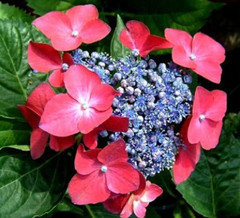






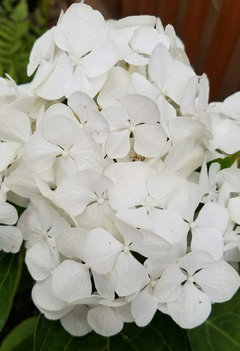





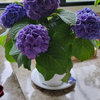

Creech444